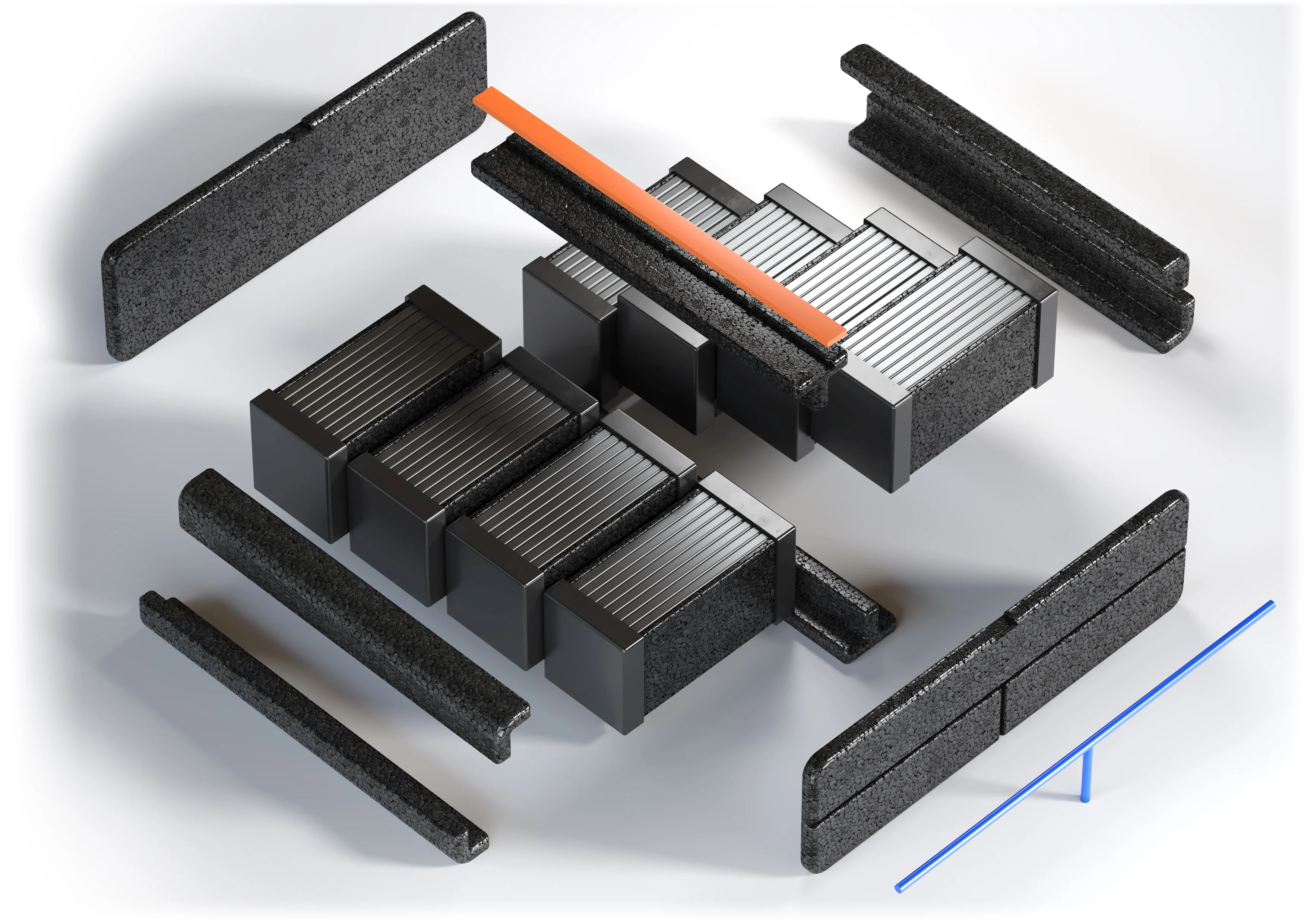Clean Transportation Zones are becoming an increasingly important tool in the fight against pollution. Gradual regulations mean big changes for drivers. What is the CTZ concept, where do such restrictions apply now and where will they be introduced in the coming years?
What is a clean air zone?
A clean air zone is an area with particularly high levels of pollution, which is also often characterized by heavy pedestrian and car traffic, requiring special regulations. Their purpose is to reduce emissions of harmful substances into the atmosphere, which translates into improved air quality. Such solutions are applied in most large cities – they can be based on a total ban on entry or the need to pay a certain fee. Residents of the zones are usually not subject to restrictions or have more time to comply with the new regulations.
Who and in which cities will not be allowed to enter the clean transportation zone? How will the electromobility market develop? Forecasts
It is worth bearing in mind that the rules for low-emission zones may vary from country to country and from specific area to specific area. It is also possible that regulations will evolve over time – so it is worth keeping up to date with the most important information and updates. Undoubtedly, owners of electric cars, plug-in hybrids, low-emission vehicles (such as those meeting the Euro 6 standard), gas-powered vehicles and hydrogen fuel cell cars will have the least to worry about.
Clean Transportation Zones are being introduced by various cities and regions around the world as one of the solutions to rising air pollution. Restricting access for internal combustion vehicles – along with promoting greener alternatives such as electric and hybrid cars – is making city centers places where electromobility plays a greater role.
See also: EURO 7 standard – when does it apply and what does it change?
Clean air zones in Europe
Low emission zones in Europe are an effective measure to combat air pollution. An analysis of the most comprehensive database of low-emission zones in the EU-27, the UK and Norway shows that there is a sustained growth and a new wave of low-emission zones. Between 2019 and 2022, their number increased by 40%, with 507 zones planned by 2025. This increase is due to new national laws, particularly in France, Spain and Poland. In addition, existing zones will be expanded or tightened, and zero-emission zones are also emerging. However, only a small number of cities are planning to introduce zero-emission zones. It is necessary to introduce them immediately, and all of them should become zero-emission zones by 2030 to tackle air pollution and climate change effectively.
Clean air zone in Europe – where are the clean transport zones?
More and more clean transport zones are also being established in other countries of the Old Continent every year. In 2022 there were a total of 320, and this number is expected to grow to 507 by 2025. The largest number of zones is currently located in Italy, Germany, the UK and France. The area of clean transport zones is also gradually increasing – the total size of restricted areas is expected to increase by as much as 58% by 2025.
At the beginning of 2024, Clean Transport and Restricted Access Zones are in place in most European Union countries. In addition, quite a few countries are planning to expand them or introduce more strict restrictions. The highest concentration of clean air zones can be seen in northern Italy and the German Ruhr River Valley. These are areas that have been struggling with high pollution levels for years due to the presence of heavy industry and geographical conditions. In other regions, transport restrictions are mainly present in major cities, where pollution and vehicle noise are a real problem for residents. However, zero-emission zones are still rare – they are mainly found in the Netherlands, as well as in individual cities in other countries, such as Paris, London, Copenhagen, Oslo and Stockholm.
It is worth bearing in mind that the exact rules regarding the movement of vehicles may vary depending on the regulations in force in the country concerned. Most often, however, the ability to drive a vehicle depends primarily on the level of exhaust emissions determined according to the EURO standard. Electric and hybrid cars are not subject to restrictions, which is already leading to increased interest in vehicles in these categories – especially among residents of larger cities.
The impact of changes on manufacturers in the automotive industry

It is worth noting that the regulatory changes also come with other requirements for manufacturers. To support the ongoing transformation of the automotive industry, as Knauf Automotive, we offer reliable and proven solutions in the area of insulation and protection of batteries in electric and hydrogen cars. We use materials such as EPP and EPS, which combine strength with low weight – making them ideal for the automotive area.